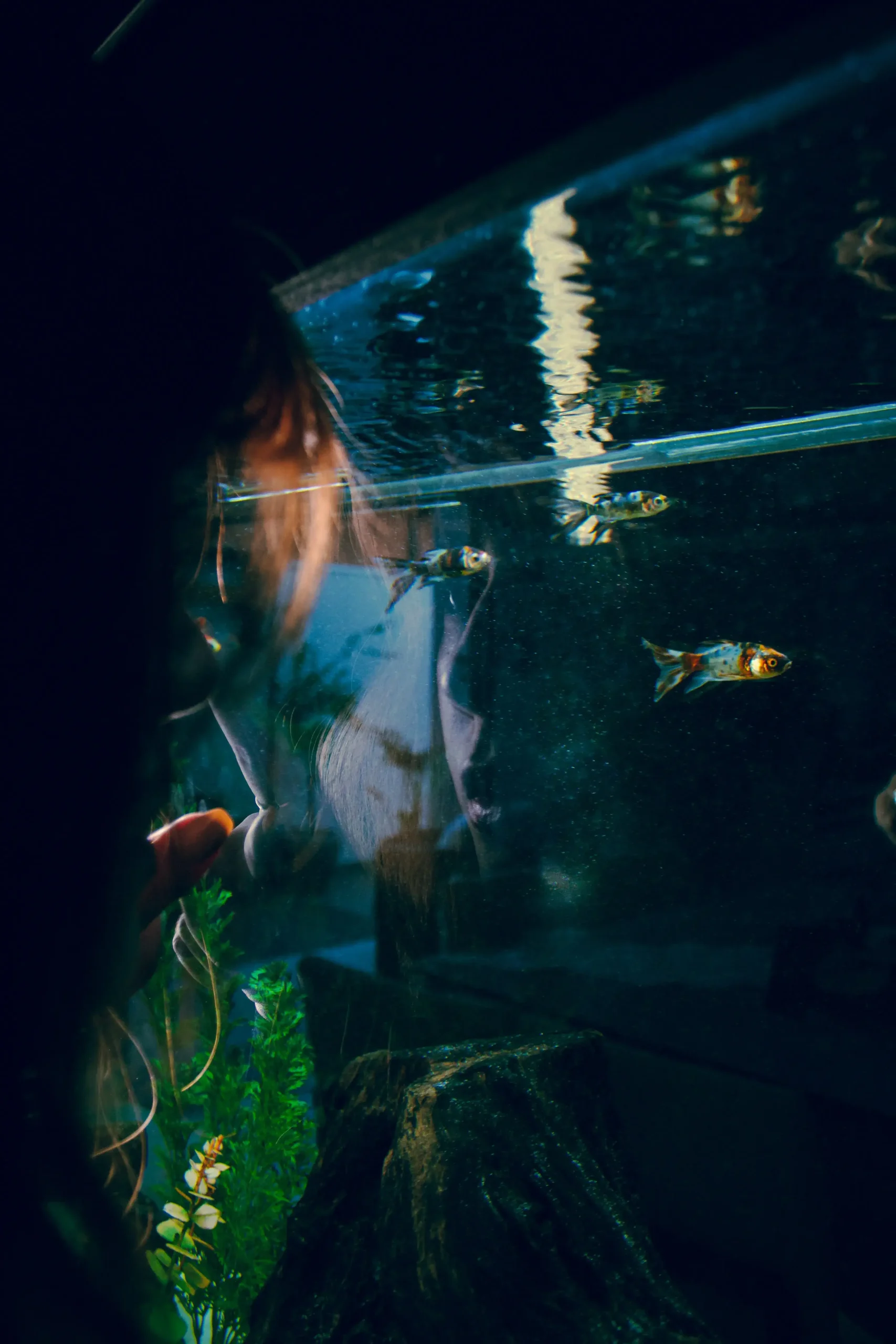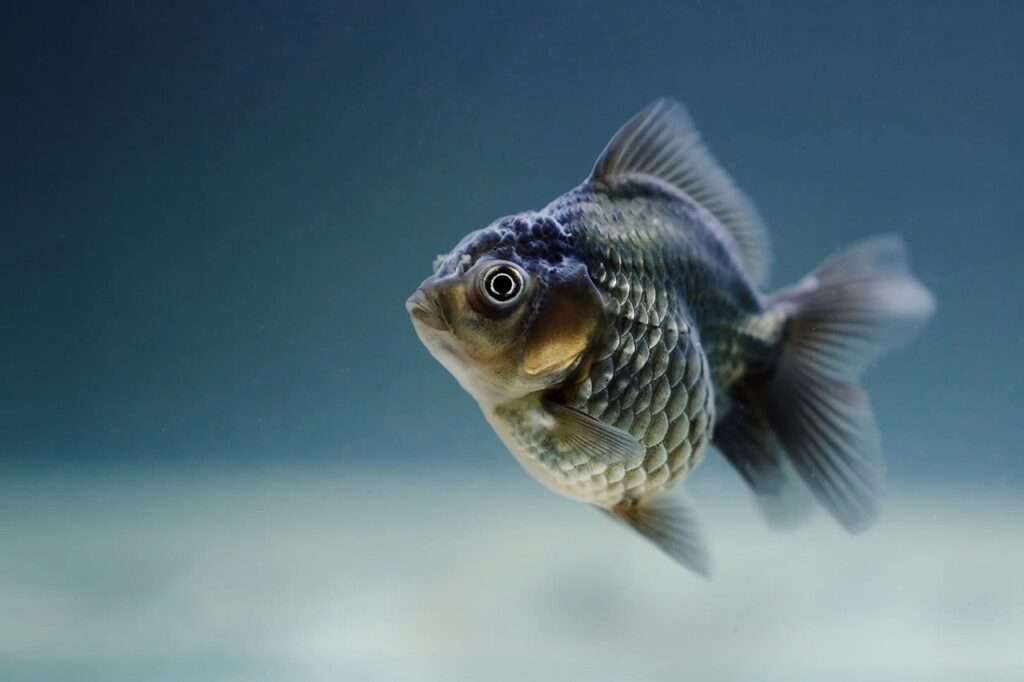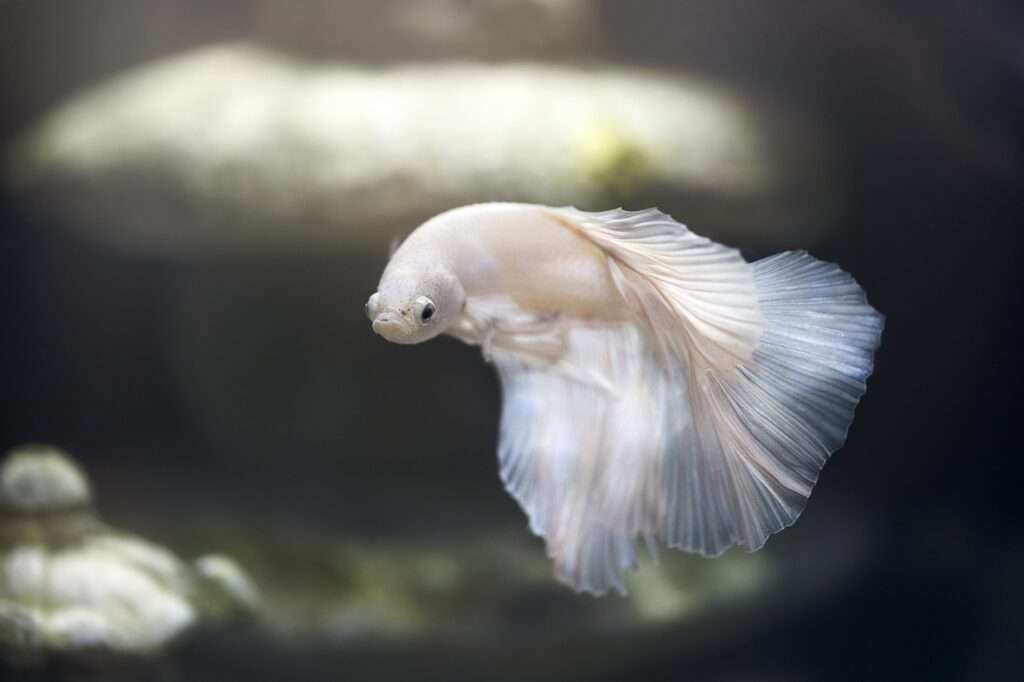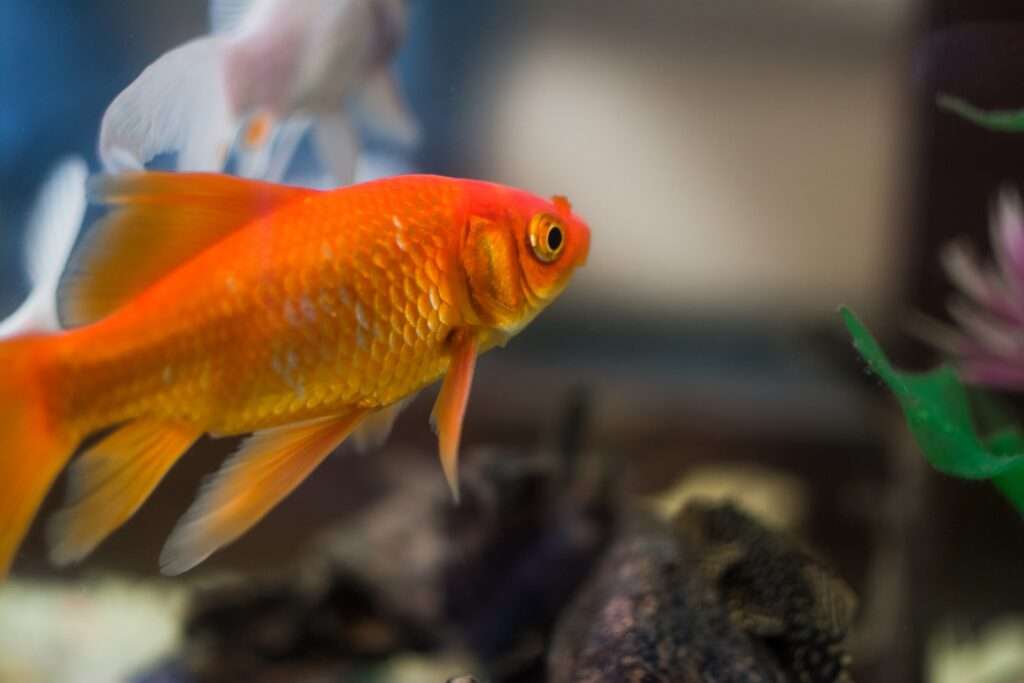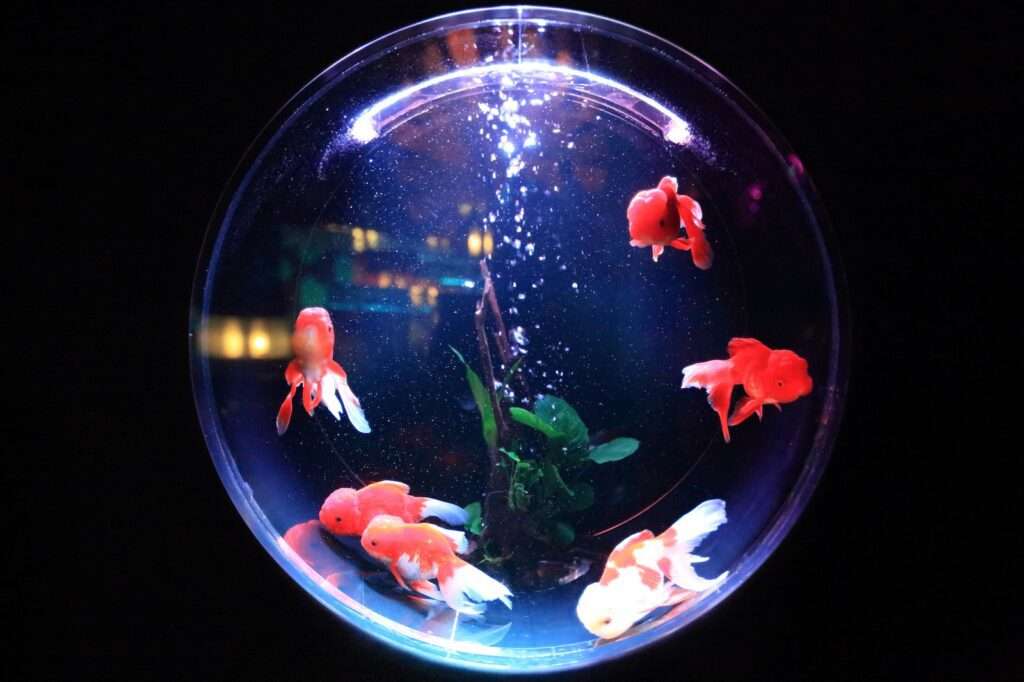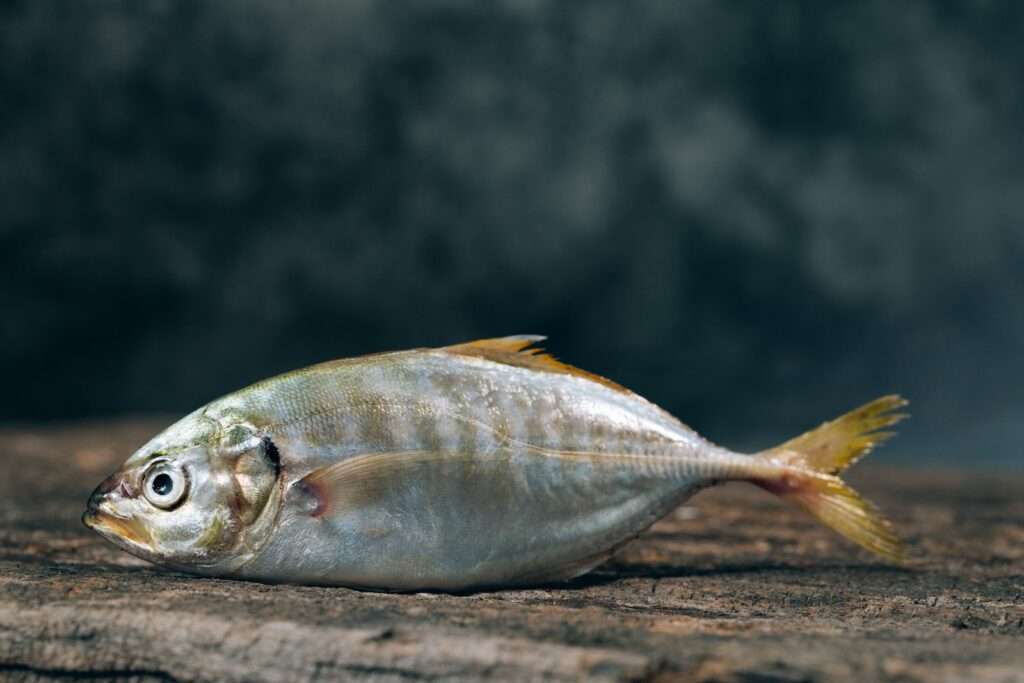Fish owners often face the challenge of dealing with protozoan diseases in their tanks. These microscopic organisms can cause a range of health issues in fish, including stress, weakened immune systems, and even death. However, there are effective treatment options available to combat these diseases and ensure the well-being of your fish. In this article, we will explore these treatment options and answer some frequently asked questions to provide a comprehensive understanding of protozoan diseases in fish tanks.
I. Understanding Protozoan Diseases in Fish Tanks
a. Protozoan diseases are illnesses caused by microscopic organisms called protozoans. These single-celled organisms can infect fish and cause various health problems.
b. Some common protozoan diseases found in fish tanks include ich (white spot disease), velvet disease, hole-in-the-head disease, and gill flukes.
c. Protozoan diseases can spread through direct contact with infected fish, contaminated water, or contaminated equipment. Stressful conditions and poor water quality can also contribute to the spread of these diseases.
II. Identifying Protozoan Diseases in Fish
a. Symptoms of protozoan diseases in fish can vary depending on the specific disease. However, some common signs include lethargy, loss of appetite, white spots or patches on the skin, abnormal swimming behavior, and respiratory distress.
b. To diagnose protozoan diseases, it is essential to observe and analyze the behavior and physical appearance of the fish. A veterinarian or fish expert can also perform laboratory tests to confirm the presence of protozoans.
III. Effective Treatment Options for Protozoan Diseases
a. Medications are commonly used to treat protozoan infections in fish. Some effective medications include:
i. Formalin and malachite green: These chemicals are often used together to treat diseases like ich. They are available in various forms, such as liquid or powder, and should be administered according to the instructions.
ii. Copper-based medications: Copper-based treatments can effectively eliminate certain protozoans. However, it is crucial to follow the instructions carefully, as high copper levels can be toxic to fish.
iii. Metronidazole: This medication is effective against certain protozoans, including those causing hole-in-the-head disease. It can be administered orally or added to the fish tank.
b. Natural remedies can also be used as an alternative to medications. Some effective natural treatments include:
i. Salt baths: A salt bath can help kill external parasites and reduce stress in fish. However, it should be used with caution and in the appropriate concentration.
ii. Herbal treatments: Certain herbs, such as Indian Almond leaves or tea tree oil, have antimicrobial properties that can help combat protozoan infections.
iii. UV sterilizers: Ultraviolet sterilizers can be installed in the fish tank’s filtration system to kill free-floating protozoans and other microorganisms.
IV. Prevention and Control of Protozoan Diseases
a. Maintaining proper water quality is crucial in preventing protozoan diseases. Regular water testing and appropriate filtration systems can help ensure a clean and healthy environment for fish.
b. Quarantining new fish before introducing them to the main tank can help prevent the spread of diseases. This allows you to monitor the new fish for any signs of infection before exposing them to existing tank inhabitants.
c. Regular tank maintenance, including water changes and cleaning, is essential for preventing the buildup of harmful organisms and maintaining optimal conditions for fish.
d. Avoiding overcrowding in the tank can reduce stress and minimize the risk of disease transmission among fish.
V. FAQs (Frequently Asked Questions)
1. Can protozoan diseases be cured completely? Protozoan diseases can be effectively treated and managed, but complete eradication may be challenging. Regular monitoring and preventive measures are necessary to control these diseases.
2. Are protozoan diseases contagious to humans? Protozoan diseases found in fish are generally not contagious to humans. However, it is essential to practice proper hygiene when handling fish and their tanks.
3. How long does it take to treat protozoan infections in fish? The duration of treatment can vary depending on the disease and treatment method. It is important to follow the recommended treatment protocol and monitor the fish for any signs of improvement or relapse.
4. Can I use common household disinfectants to clean the tank? Household disinfectants may not be safe for fish and could harm them. It is best to use aquarium-safe cleaning products or consult with an expert to ensure the safety of your fish.
5. Will adding aquarium salt alone cure protozoan diseases? While aquarium salt can help in certain cases, it is not a standalone solution for treating all protozoan diseases. It is important to identify the specific disease and follow the appropriate treatment plan.
Conclusion:
Protozoan diseases can be a significant concern for fish owners, but with the right knowledge and treatment options, they can be effectively managed. By promptly identifying symptoms, administering appropriate medications or natural remedies, and implementing preventive measures, fish keepers can ensure the health and well-being of their aquatic companions. Remember, maintaining a clean and stress-free environment is crucial for preventing and controlling protozoan diseases in fish tanks.


